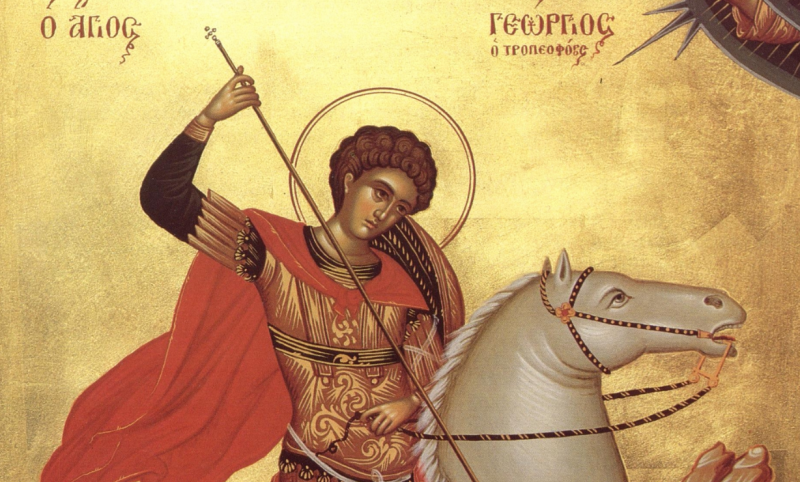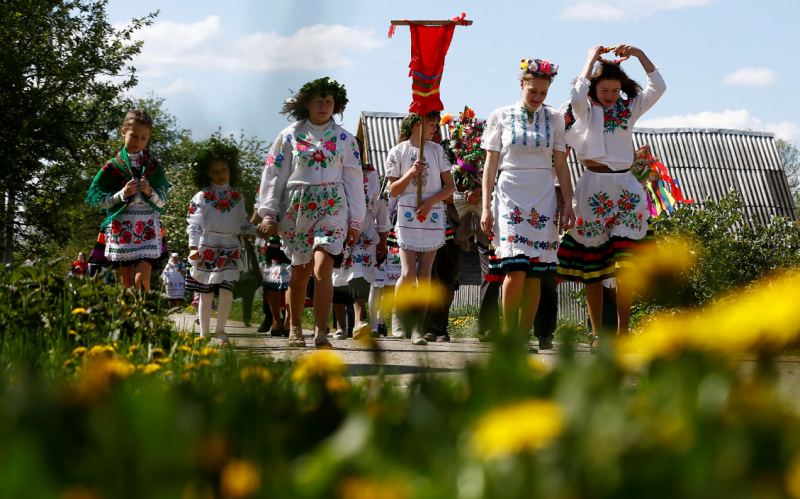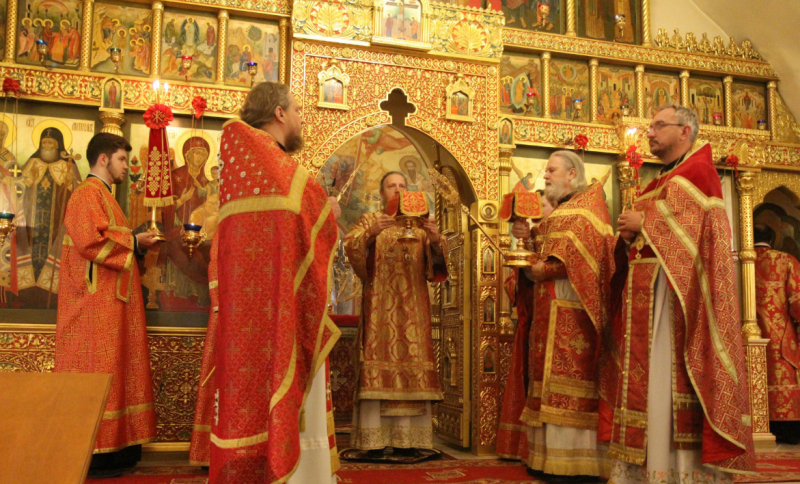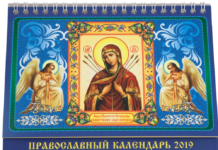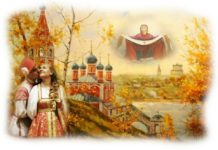The church calendar is replete with multiple significant dates. Especially popular in our country was the day of St. George the Victorious. When is it celebrated and what is the history of this holiday?
Material Content:
The Life of St. George
George was born in Asia Minor called Cappadocia. He was raised in a Christian family of sincerity, and his father died in torment for his faith. Mother George subsequently moved with her son to her homeland in Palestine and raised a child of a pious man.
Growing up, George entered the army of the Roman emperor Diocletian. The ruler noted the courage and courage of George in the battles and made him commander. The pagan Diocletian understood the danger posed by the teachings of Christ for his faith. For this reason, he gave the Roman nobles unlimited power in matters of reprisal against Christians.
Learning of the imperial decision, George appeared in the Senate and rebelled against the ruler. Astonished Diocletian tried to tempt the young man and persuaded him to go into the pagan faith, along with sacrificing to the gods. George answered with a categorical refusal, and the ruler ordered him to be imprisoned. Georgy, suffering from numerous tortures, nevertheless did not agree to betray his faith and abandon it. After seven days of torture, not having obtained what he wanted from the young man, the emperor ordered George to be beheaded (November 10, 303).
The relics of the saint were left in the city of Lot, where the Temple of St. George the Victorious was subsequently built. The sword and head of the martyr are kept in Rome.
Honoring in Russia
The veneration of St. George dates back to about the 5th century.He gained unprecedented popularity in the eastern countries and was recognized as the patron saint of the Byzantine emperors.
The adoption of Christianity by Russia made the veneration of the great martyr relevant here. At the same time, the name George was transformed into a form familiar to Russian people - Egor, Yuri. The establishment of the cult of St. George contributed a lot to Yaroslav the Wise. Having been baptized, the prince accepted his name and created the city of Yuryev, as well as the monastery of the saint in Kiev. After the consecration of the first temple of the Great Martyr, St. George’s Day (autumn George) was celebrated in Russia annually in November.
Memorial Days of St. George
George the Victorious is equally venerated in both the Catholic and Orthodox churches.
Orthodox Christians celebrate the following days in memory of the Great Martyr George the Victorious:
- the 6th of May;
- November 3 (16) - Day of the lighting of the Holy Church in Lydda;
- November 10 (23) - the day of the death of St. George;
- November 26 (December 9) - St. George's Day.
In the Catholic Church, St. George's Day falls on April 23rd.
Signs and traditions of the holiday
In Georgia, the day of St. George (Giorgoba) was introduced by St. Nino, who was considered a relative of the great martyr. For many years, memorial services in honor of Giorgob have been held in all Georgian monasteries.
As for St. George's Day in Russia, people associated many signs with this holiday. So, for example, on this day multiple prayers were offered to the great martyr with requests for the healing of livestock. These petitions were associated with the legend, according to which, on the 7th day of torture, George was healed himself and helped revive the dead bull. From that moment, people are sure that on the eve of the holiday St. George crosses the sky on a horse and protects the animals living on earth.
It is believed that the weather on this day identifies the coming winter.
Prayers to the Holy Great Martyr
St. George has long been revered as the protector of the innocent and destitute. For this reason, praying to the saint, people pray for victory in action or struggle. The great martyr accompanies travelers, helps farmers and the military. People often ask him for protection from evil spirits, for a rich harvest, as well as for the recovery of domestic animals.
Legends and legends
Many legends are associated with the name of St. George. The most amazing of them tells about the terrible gigantic serpent, who settled not far from Syria. Attempts to kill this monster did not produce results: all the brave men died in the battle with the snake. Then the local priest in the best traditions of pagan culture suggested daily sacrificing a monster to a young man or girl. People living in fear were forced to give children to be torn to pieces by a huge snake. One day, the lot fell on the young daughter of the king. The girl was taken to the snake. It seemed that her sad fate was a foregone conclusion, but when the monster had already begun to move towards its terrified victim, a horseman in his snow-white shining robes appeared on his way. It was St. George, who struck the serpent with a spear and put an end to the bloody pagan ritual.
The subject of this legend is very relevant in Russia, Georgia and other countries. Many icons have been painted on which George strikes the serpent with a spear. This plot is also depicted on the national emblem of Georgia.
Another amazing story tells of a Saracen who entered a Christian church after Palestine was captured by Arab troops. Noticing the priest, bowing in prayer to the face of St. George, the Saracen decided to show neglect of Christianity and shot an arrow in the image. Nevertheless, the arrow, without causing him any harm, returned back and glared at the hand of the Arab.
Suffering from severe pain caused by an arrow, the Saracen called a priest, who was during the launch of weapons in the temple. He advised him to place the icon of St. George over his bed, and in the morning treat the wound with oil, taken from the lamp, suspended in front of the holy face. Saracen was healed, and, delving into reading the life of the saint, he was impressed and was subsequently baptized.Trying to preach Christianity among the Arabs, he was executed and accepted the death of a martyr.
St. George is a martyr who took death for the Christian faith. Subsequently, this saint began to be venerated in many countries of the world, including in Russia. And today the feast of St. George is celebrated by Orthodox Christians and is called St. George's Day in Russia.



